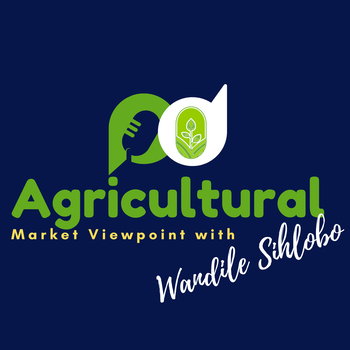
Challenges facing the SA livestock industry
Loading player...
South Africa's livestock industry has faced numerous challenges over the past few years. One of these was the rise in feed prices since 2020, especially for maize and soybeans. The rise in animal feed prices coincided with a worsening in consumers financial strain due to the damaging effects of the pandemic.
Thus, we saw a decline in the demand for red meat products as consumers opted for relatively cheaper forms of protein. Moreover, the spread of foot-and-mouth disease (FMD) to six of South Africa's nine provinces for the first time in history was another challenge for the industry. This brought temporary bans in certain export markets, extending to auctions and livestock movement, mainly cattle, for some time in 2022.
Despite the FMD-related export bans, South African beef producers sent sizable volumes of beef products to markets that did not close the import channel. This is evident in the beef exports for 2022, which amounted to 28 422 tonnes (albeit down 12% from 2021), according to data from Trade Map. This is only mildly below the ten-year average exports. Fresh beef accounted for 54% of overall exports while the balance was frozen beef. Within this total figure, a significant decline was recorded in frozen beef exports, which were at 12 945 tonnes in 2022, down 24% year-on-year. Meanwhile, fresh beef exports increased by 2% year-on-year to 15 477 tonnes.
The key markets for South Africa's fresh beef were Kuwait (with a market share of 22%), Jordan (16%), Mozambique (13%), United Arab Emirates (12%), Qatar (9%), Netherlands (4%), Lesotho (3%), Canada (3%), Zimbabwe (3%), Mauritius (3%), and Eswatini (2%). These markets accounted for 90% of South Africa's fresh beef exports in 2022.
In the case of frozen beef exports, the top export markets were Lesotho (16%), China (14%), Nigeria (14%), United Arab Emirates (9%), Mozambique (7%), Kuwait (6%), Egypt (5%), Qatar (4%), United Kingdom (3%), Netherlands (3%), and Jordan (2%). These markets accounted for 82% of South Africa's frozen beef exports in 2022.
My writings on agricultural economic matters are available on my blog: https://wandilesihlobo.com/
Podcast production by: Lwandiso Gwarubana, Richard Humphries, and Sam Mkokeli
Thus, we saw a decline in the demand for red meat products as consumers opted for relatively cheaper forms of protein. Moreover, the spread of foot-and-mouth disease (FMD) to six of South Africa's nine provinces for the first time in history was another challenge for the industry. This brought temporary bans in certain export markets, extending to auctions and livestock movement, mainly cattle, for some time in 2022.
Despite the FMD-related export bans, South African beef producers sent sizable volumes of beef products to markets that did not close the import channel. This is evident in the beef exports for 2022, which amounted to 28 422 tonnes (albeit down 12% from 2021), according to data from Trade Map. This is only mildly below the ten-year average exports. Fresh beef accounted for 54% of overall exports while the balance was frozen beef. Within this total figure, a significant decline was recorded in frozen beef exports, which were at 12 945 tonnes in 2022, down 24% year-on-year. Meanwhile, fresh beef exports increased by 2% year-on-year to 15 477 tonnes.
The key markets for South Africa's fresh beef were Kuwait (with a market share of 22%), Jordan (16%), Mozambique (13%), United Arab Emirates (12%), Qatar (9%), Netherlands (4%), Lesotho (3%), Canada (3%), Zimbabwe (3%), Mauritius (3%), and Eswatini (2%). These markets accounted for 90% of South Africa's fresh beef exports in 2022.
In the case of frozen beef exports, the top export markets were Lesotho (16%), China (14%), Nigeria (14%), United Arab Emirates (9%), Mozambique (7%), Kuwait (6%), Egypt (5%), Qatar (4%), United Kingdom (3%), Netherlands (3%), and Jordan (2%). These markets accounted for 82% of South Africa's frozen beef exports in 2022.
My writings on agricultural economic matters are available on my blog: https://wandilesihlobo.com/
Podcast production by: Lwandiso Gwarubana, Richard Humphries, and Sam Mkokeli

